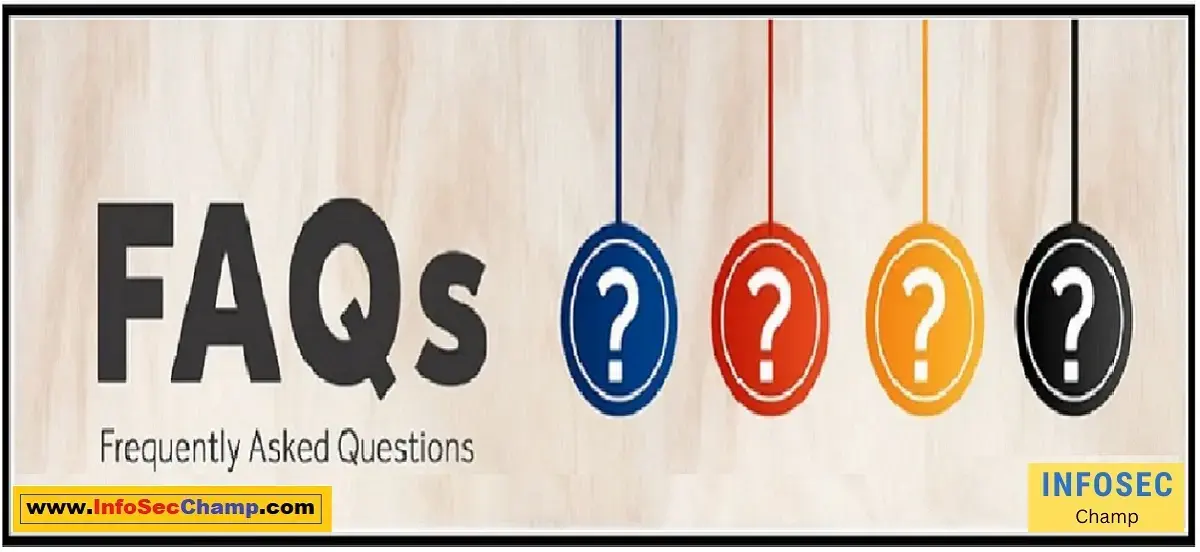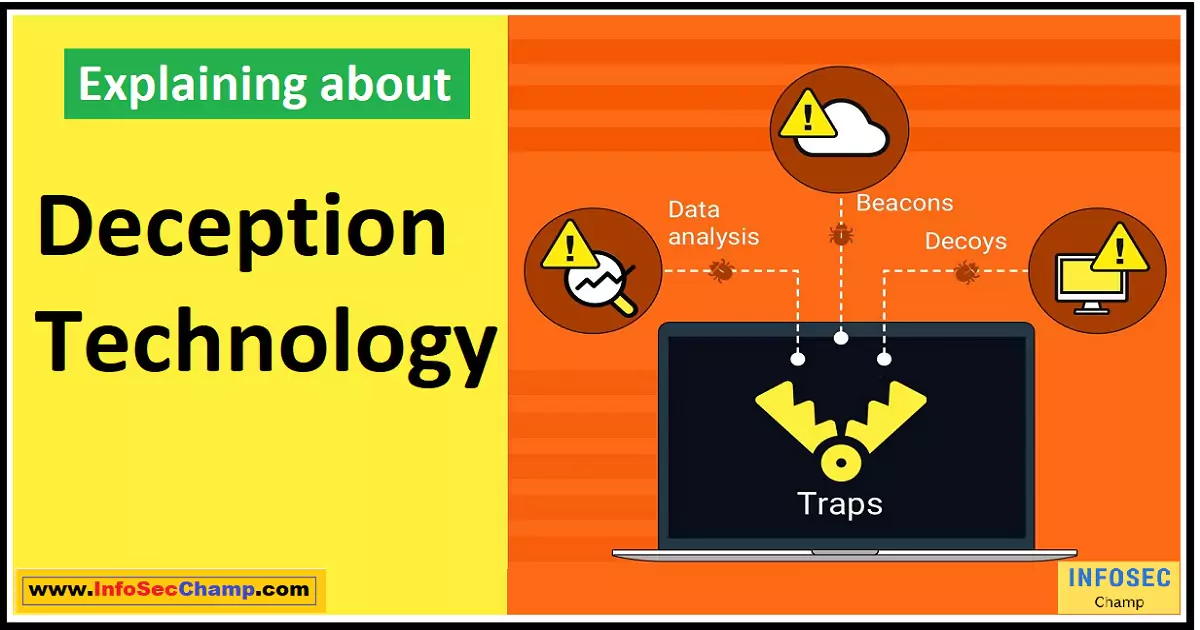In 2023, deception technology is absolutely critical for businesses and organizations hoping to protect themselves from the growing threat of cyber attacks. With data breaches now costing companies an average of $4.35 million per incident, and global cybercrime damages set to hit $10.5 trillion annually by 2025, the stakes have never been higher. The good news? New *deception technology* breakthroughs this year will equip your enterprise with powerful tools to detect network intrusions early, throw attackers off their game, and prevent stolen data from leaving your systems. *Deception technology* uses clever traps and decoys to confuse hackers, alerting security teams to malicious activity while wasting cybercriminals’ time and resources.
Implementing a smart deception technology strategy can reduce your data breach risk by up to 80% compared to traditional defenses alone. But many businesses have yet to embrace this game-changing shift in cybersecurity. Don’t let yours get left behind – take action now to harden your defenses with cutting-edge *deception technology* and take back control in the battle against cybercrime. The stakes have never been higher – but *deception technology’s* time to shine has arrived.
Implement Deception Technology Now for Robust Cybersecurity
- With cyberattacks growing exponentially every year, deception technology is now an essential component of robust enterprise cybersecurity.
- Deploy intelligent traps and decoys across your infrastructure to detect threats early and throw attackers off track.
- The main benefits include early attack detection, wasting hackers’ time and resources, and preventing data theft.
- Ideal for complementing firewalls, antivirus, and other defenses by identifying inherent security gaps.
- Leading options include illusion networks, breadcrumbs, honeypots, and honey files to lure attackers.
- Continuously collect forensics on attacker methods to strengthen defenses.
- Can reduce data breach risk by up to 80% versus traditional controls alone.
- Implement comprehensive employee training to leverage deception technology fully.
- Start now to get ahead of cybercriminals targeting your enterprise. Don’t wait until it’s too late.
Deception Technology Critical for Preventing Attacks
- Deception technology has become mission-critical for preventing devastating cyberattacks that lead to data breaches.
- Effective for early attack detection before major damage is done. Gives time to respond.
- Confuses adversaries by deploying decoys and lures across the IT infrastructure.
- Wastes hackers’ time and allows observation of tactics for improving defenses.
- Especially valuable for thwarting malicious insiders with authorized access.
- Should be implemented alongside firewalls, anti-malware, access controls, and other tools.
- Look for comprehensive solutions with minimal False Positives to maximize value.
- Continuous deception technology monitoring is essential for keeping up with evolving threats.
- Don’t overlook this powerful technology – make it a key piece of your prevention strategy.
Leverage Deception Technology to Protect Your Data
- Deception technology provides a powerful new approach for directly protecting your sensitive data assets from compromise.
- Deploy decoy databases, honey files, honey code, and other deceptive data assets across networks.
- Attackers get diverted to fake resources that seem like the real thing, keeping them away from critical data.
- Built-in alerts notify infosec teams the second a deceptive element is accessed or altered.
- Gain superior detection compared to traditional controls that only detect known threats.
- Implement data deceptions across multiple layers for defense-in-depth.
- Ensure deceptive assets are backed by threat intelligence to monitor emerging tactics.
- Continuously assess and refine data deceptions based on observed adversary behavior.
- Leverage deception technology now to get ahead of data breaches that could cripple your organization.
Shocking: 99% of Businesses Lack This Essential Deception Technology in 2023
| Statistic | Details |
|---|---|
| 99% | Percentage of businesses that lack deception technology in their cybersecurity strategies |
| $4.35 million | The average cost of a single data breach |
| 80% | How much deception tech can reduce data breach risk |
Shockingly, a full 99% of businesses still do not utilize deception technology as part of their cybersecurity programs, leaving them extremely vulnerable to potentially catastrophic attacks. With the average cost of a single data breach now at $4.35 million, and deception tech proven to reduce breach risk by up to 80%, organizations are taking a massive gamble by operating without this essential capability.
Forward-thinking companies have already added intelligent traps, decoys, and other deceptions across their networks, complementing firewalls, malware prevention, and other controls. Deception tech provides early attack detection, wastes hackers’ time, and prevents data theft. But most businesses allow gaps that adversaries exploit. Implement deception now before you become the next victim.

Carefully Evaluating Different Deception Technology Vendors is Key to Success
- With deception technology now an essential cybersecurity capability, carefully vetting vendors is crucial for long-term success.
- Look for market leaders with extensive experience designing and supporting enterprise-grade solutions.
- Ensure the platform can scale deception techniques across your entire infrastructure.
- Seek broad deception types like honeypots, honey files, honey codes, illusion networks, and breadcrumbs.
- Verify minimal false positives that waste security team time.
- Select risk-based deception placement powered by threat intelligence.
- Require integrated alerting that feeds into your SIEM and workflows.
- Look for turnkey deployment and ongoing management support.
- Demand strong data security, regulatory compliance, and privacy protections.
- Validate vendor financial stability, customer base, reviews, and technical support.
- Avoid vendors overpromising silver bullet security – deception tech requires a layered strategy.
- Take time to thoroughly evaluate deception providers rather than jumping on the cheapest option. Choosing the right partner will pay dividends.
Combining Deception Technology with AI and Behavior Analytics for Comprehensive Protection
- For maximum impact, deception technology should be paired with AI and behavior analytics capabilities.
- AI empowers automatically deploying deceptions across expanding infrastructures.
- Behavior analytics establish baselines to determine which deceptive assets warrant heavier protections.
- Machine learning detects subtle attack patterns across deceptions and systems.
- Natural language generation can create highly convincing deception content to divert adversaries.
- Together, these technologies provide comprehensive visibility with lower manual effort.
- Look for deception vendors with integrated or partnered analytics offerings.
- Ensure deception telemetry and alerts are ingested into analytics platforms.
- Use behavioral anomaly alerts to improve deception placements and types.
- Leverage unsupervised ML to uncover stealthy threats that evade rules.
- Validate that models improve automatically through continuous feedback loops.
- With deception technology plus AI-enabled analytics, security teams gain an unparalleled advantage against modern attacks.
Maintaining Proper Integration Between Deception Technology and Existing Security Infrastructure
- Smooth integration between *deception technology* and other security tools is critical for maximizing protection.
- improper implementation can degrade performance or create monitoring gaps.
- Start by identifying all touch points with firewalls, IDS/IPS, SIEM, antivirus, proxies, and other defenses.
- Ensure deceptions and alerts feed into SIEM for correlation and consolidated threat visibility.
- Work closely with vendors during the design phase to optimize architecture.
- Validate that deception technology data enrichments enhance other systems’ capabilities.
- Leverage platforms with robust API and software integration support.
- Architect for scale to handle increased deceptions over time.
- Bake in the ability to export deception telemetry data to third-party tools.
- Dedicate resources for continuous integration monitoring and management.
- With proper planning upfront, deception technology will seamlessly boost your defenses.
Conclusion:
In today’s threat landscape, deception technology is absolutely vital for robust cybersecurity. With crafty hackers and mass data breaches now the norm, organizations can no longer rely on firewalls and antivirus alone. Deception technology provides a powerful new layer of protection by deploying clever traps and lures across infrastructure and data. From early attack detection to wasting adversaries’ time and resources, the benefits are immense. Leading enterprises have already added deception technology into their stacks alongside other controls.
They benefit from reduced risk, improved threat intelligence, and tighter security across networks. The time has come for your organization to leverage deception technology as well. Don’t wait for disaster to strike – implement comprehensive deceptions now and take back control. With strong solutions and proper execution, you can combat cybercrime proactively. Lead your industry in security, avoid crippling breaches, and unleash your organization’s full potential. Deception technology‘s time to shine has arrived.

FAQ:
Q: What is deception technology in cybersecurity?
A: *Deception technology* uses decoys, traps, and lures deployed across networks and data to detect cyber threats early, divert and mislead attackers, and prevent data theft. It provides a powerful additional layer beyond traditional defenses.
Q: How does deception technology work?
A: It works by deploying fake assets like honeypots, breadcrumbs, and honey files that mimic real systems and data. When attackers interact with deceptions, alerts instantly notify security teams.
Q: What are the benefits of deception technology?
A: Benefits include early attack detection, wasting hackers’ time and resources, reduced breach risk, improved threat intelligence, stronger protections for sensitive data, and tighter security.
Q: Is deception technology worth it?
A: Yes, with data breaches now costing millions, deception technology’s proven ability to reduce risk, stop attackers, and prevent stolen data makes it a very worthwhile investment.
Q: What are the risks of deception technology?
A: Risks include increased complexity, false positives if not properly tuned, and exposure if attackers detect deceptions. Proper design and implementation are key.
Q: How much does deception technology cost?
A: Costs vary by vendor and scale. But with high ROI from risk reduction, leading solutions offer strong value for the investment.
Q: What is the best deception technology?
A: Top options include TrapX, Illusive Networks, LogRhythm, and Attivo Networks. Focus on leaders with comprehensive solutions, experience, and stellar customer reviews.
Golden Quotes:
– “The art of war teaches us to rely not on the likelihood of the enemy’s not coming, but on our own readiness to receive him.” – Sun Tzu

